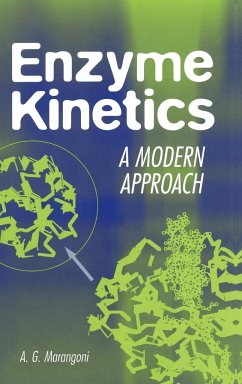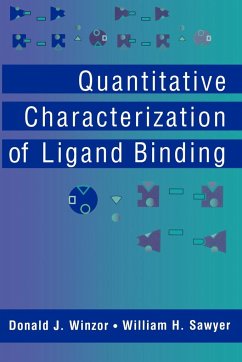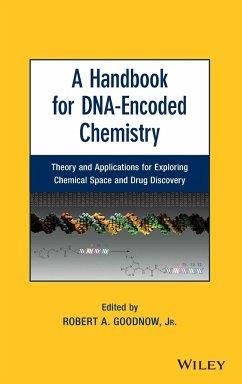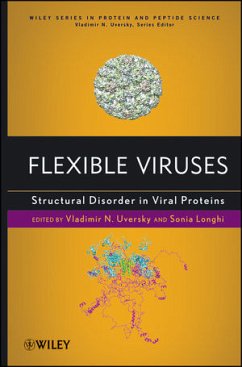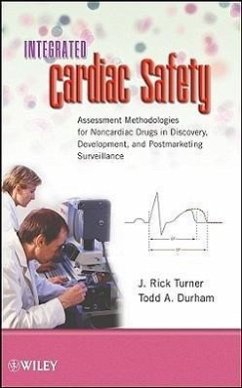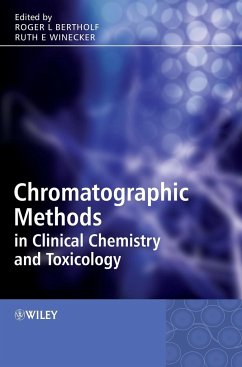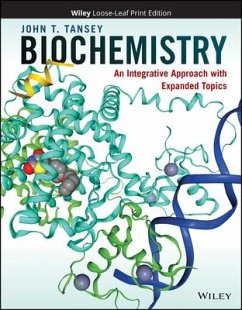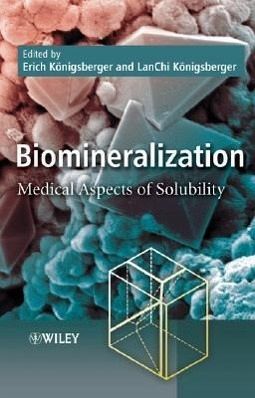
Biomineralization
Medical Aspects of Solubility
Herausgeber: Konigsberger, Erich; Konigsberger, Lanchi

PAYBACK Punkte
127 °P sammeln!
Solubility phenomena are fundamental to living organisms and range from gas solubilities (e.g. oxygen in blood) to biomineral formation in body fluids. This book comprises five chapters on various perspectives of normal and pathological biomineralization in humans. Chapter 1 gives an overview of experimental and modeling methods, recommends solubility data for selected stone-forming substances and describes recently discovered, unusual dissolution and crystallization phenomena involving nano-sized biomaterials. Chapter 2 presents a general classification of renal and salivary calculi based on ...
Solubility phenomena are fundamental to living organisms and range from gas solubilities (e.g. oxygen in blood) to biomineral formation in body fluids. This book comprises five chapters on various perspectives of normal and pathological biomineralization in humans. Chapter 1 gives an overview of experimental and modeling methods, recommends solubility data for selected stone-forming substances and describes recently discovered, unusual dissolution and crystallization phenomena involving nano-sized biomaterials. Chapter 2 presents a general classification of renal and salivary calculi based on their formation mechanism. Chapter 3 reviews the solubilities of calcium and magnesium phosphates and discusses their relevance to normal and pathological mineralization in terms of stability field diagrams. Chapter 4 proposes a new paradigm for biomineralization - liquid phase precursors - and their possible roles in the formation of bone and kidney stones. In Chapter 5, various aspects of the biomineralization of iron and its relation to iron overload diseases are discussed. Aimed at chemists interested in solution chemistry, thermodynamics, kinetics, crystallisation, biochemistry, biomineralisation, medicinal chemistry and industrial chemistry, this book is also relevant to doctors and biologists interested in research in urology, nephrology, clinical chemistry and chelation therapy.




